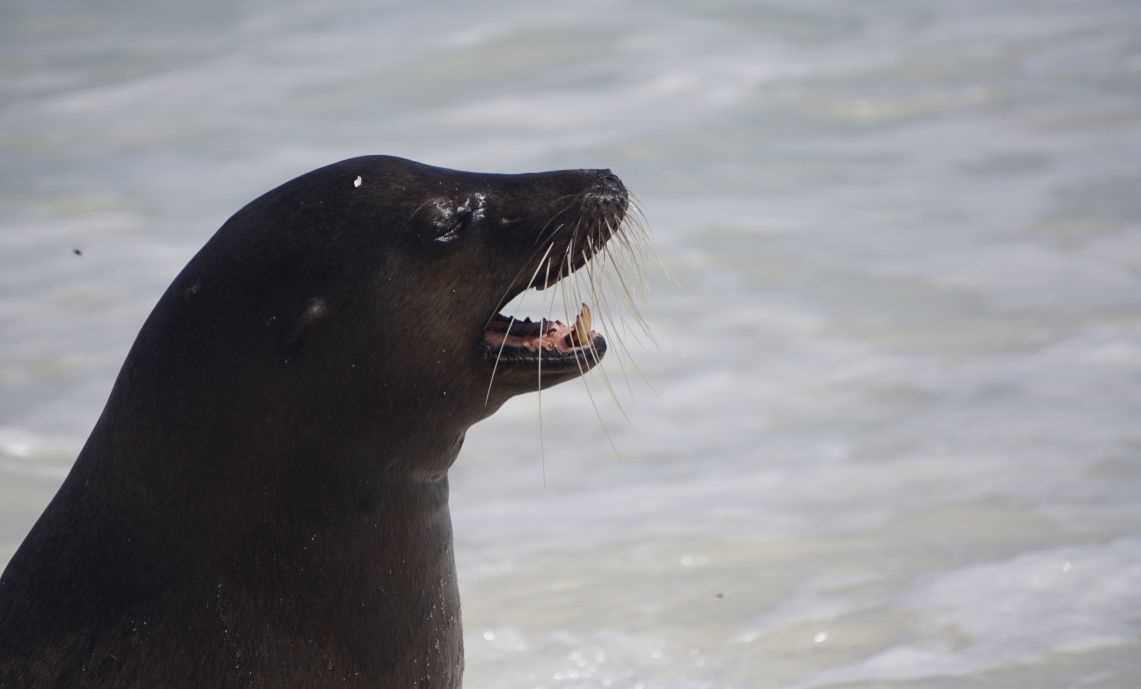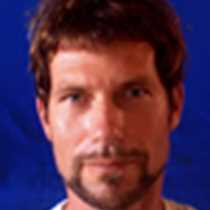As our expedition comes to a close, we end at the oldest island we will visit this week, called San Cristobal. This island boasts its own tortoise, lava lizard, marine iguana, a few invertebrates and several plants.
There is a correlation between an island’s endemism and its age, as species have more time in isolation and thus develop specific traits. San Cristobal has more vegetation than an average Galapagos Island, partly because of its age, but also because of its location, as it sits on the vanguard of the archipelago, receiving all the weather that comes with the southeasterly trade winds. Because of this, San Cristobal also has a freshwater crater lake, called a maar. However, we are not going to see this maar nor the tortoises, as we have seen tortoises for an entire day on Santa Cruz, and San Cristobal has something else on offer that expands our species list, namely red-footed boobies.
To see their colonies, we land for a hike at Punta Pitt, which is located at the very northern tip of San Cristobal. Volcanically speaking, this is a very distinct part of the island with extended flat lava flows interrupted by large eroded tuff cones. The landing site is just inside one of these large cones, and the yellow sandy beach has the same golden color as the dramatic cliffs and escarpments we will hike to get to the very small colonies.
Red-footed boobies are the most successful and thus most abundant kind of booby in the islands, as they feed almost only on flying fish species, which are found in big numbers north of the archipelago. Since that food staple is available through the entire year, there is nesting all-year long. We see several stages of this nesting cycle and catch a few individuals in the act of building a nest and feeding a chick.
Although this hike would be great just for its spectacular scenery, we also spot endemic lava lizards, a few finches, frigate birds and even blue-footed boobies. Back at the landing site, we have the chance for a swim in the warm waters of a relatively calm cove.
At lunch time the ship relocates to our visitor site of the afternoon, called Cerro Brujo. Here we land on yet another golden sandy beach. This beach stretches into a long arch giving sprawling views of the central shield volcano that comprises most of San Cristobal. Looking north we see the famous crater district, named so by a young Charles Darwin. According to his journal it reminded him of the slagheaps around the steel mills of Wales, and it is fun to compare notes.
At each visit our guests have plenty of encounters with sea lions, and a wonderful and complete last impression of this archipelago, by now probably a little more familiar, but not less enigmatic.







